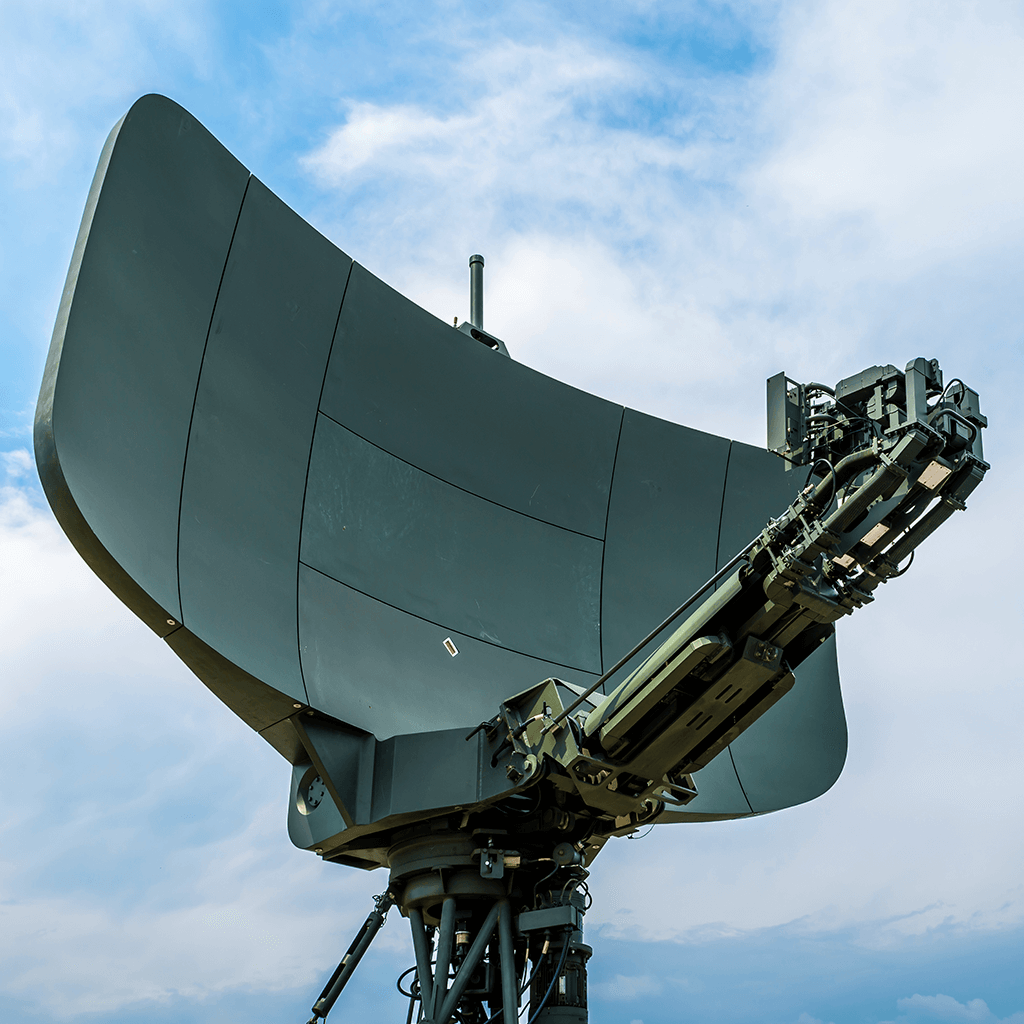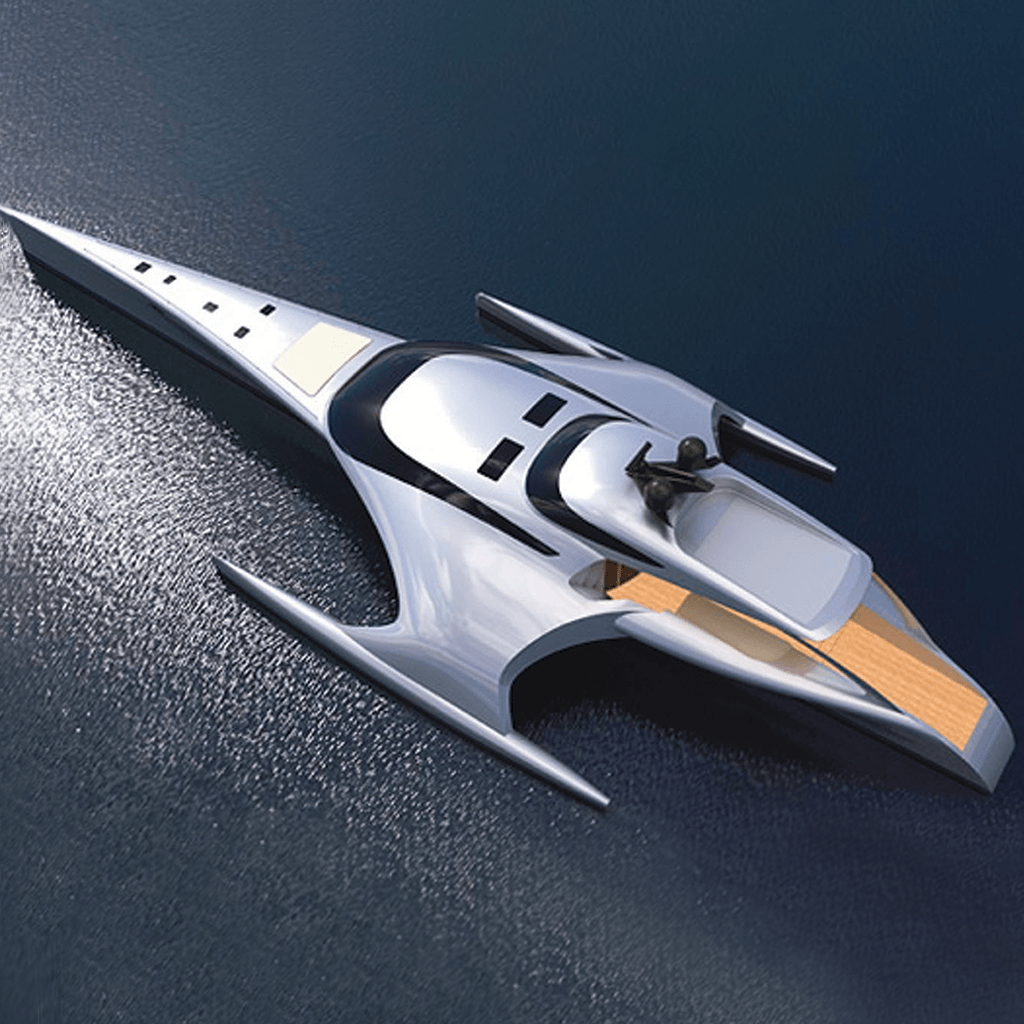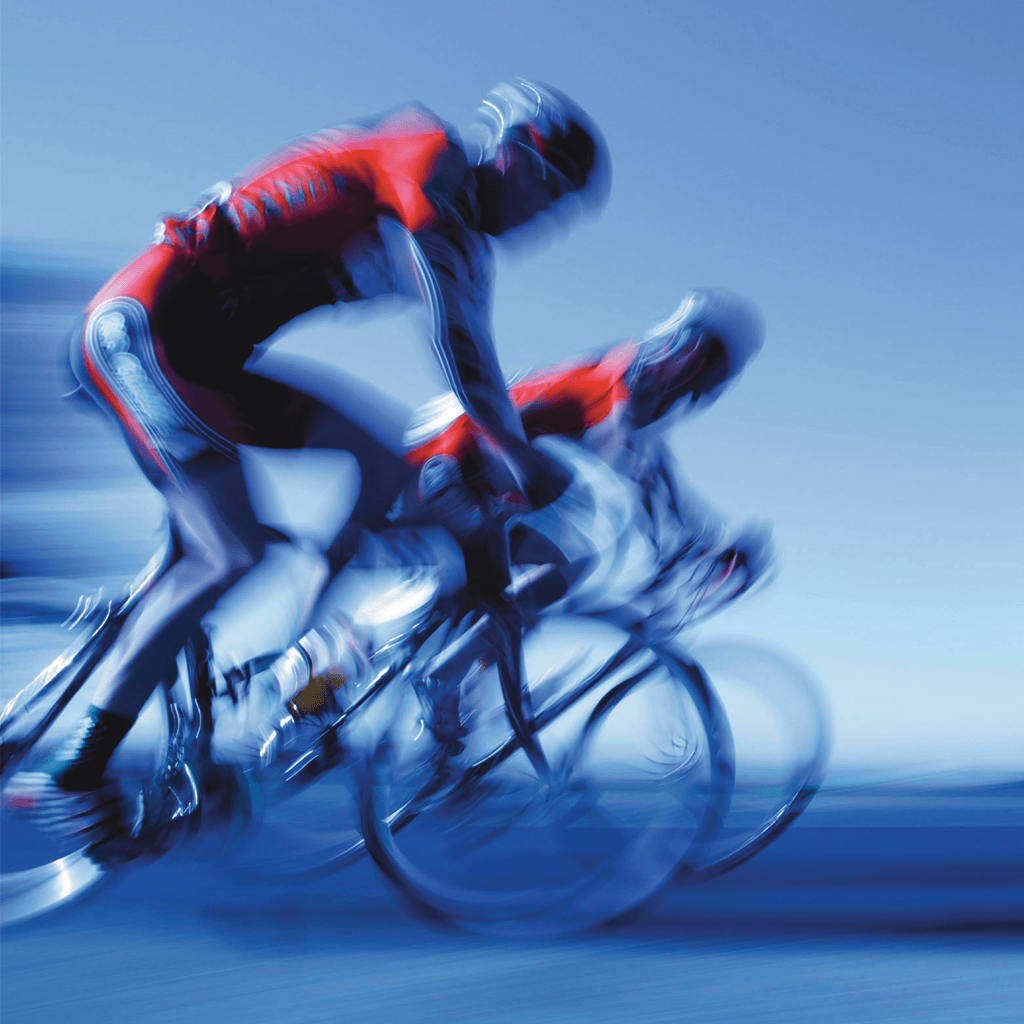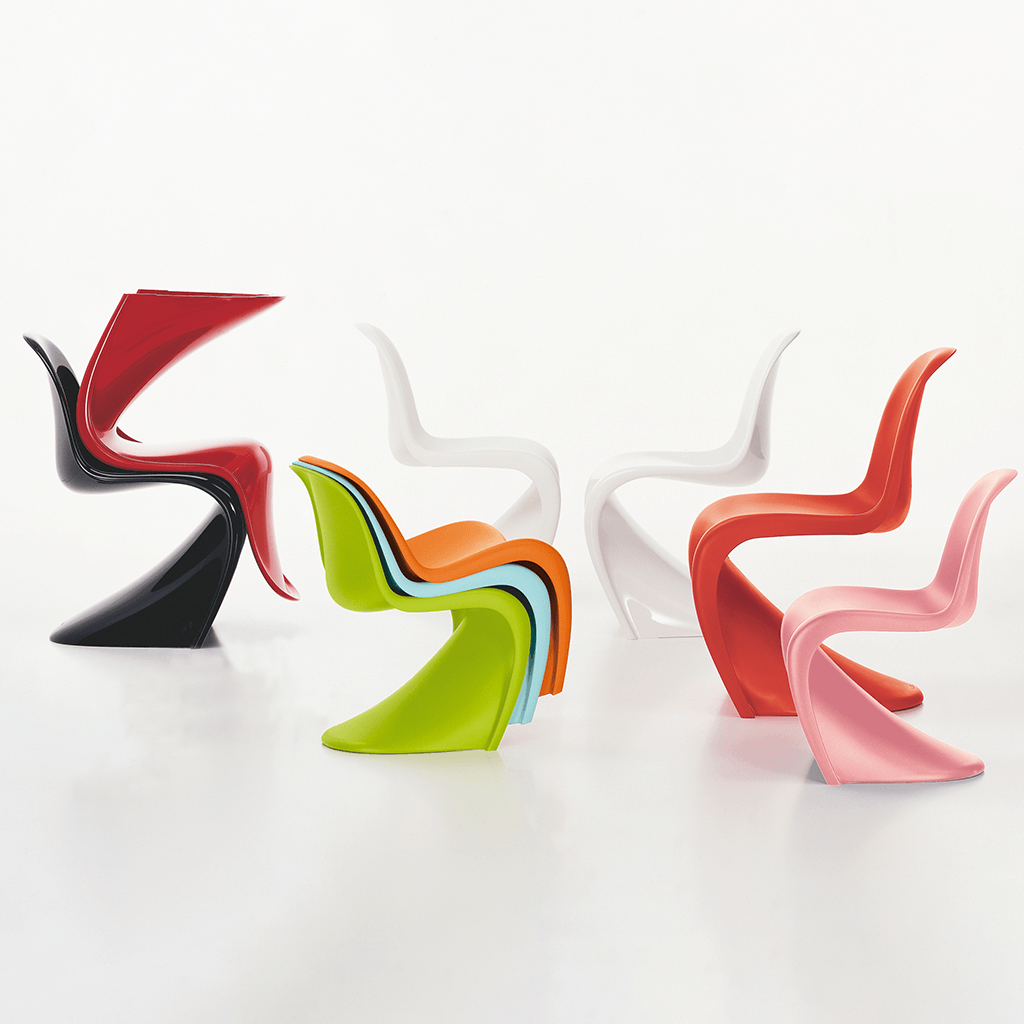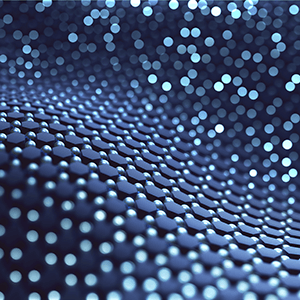High-performance SMC with carbon fibres – digitalization and simulation
During the processing of fibre-reinforced plastics (FRPs), detailed knowledge about the production processes becomes invaluable for both process and quality control. For this reason, processing machines these days are equipped with complex sensor systems for monitoring a wide variety of process parameters, such as temperature, pressure or processing speeds.

However, for a statement on the properties of the final component, the local material properties, such as resin/matrix composition, pore content, fibre content, distribution and orientation, are primarily relevant. This paper uses the example of a carbon fibre reinforced sheet molding compound (C-SMC), a thermoset compound material to show how information about the local fibre orientation can already be collected online during the material production process, creating a digital image of the resulting semi-finished product. The information from the digital image can be used for real-time process control and quality assessment. In addition, the information can also be used offline to generate material model input data and simulations of downstream manufacturing processes, allowing more accurate mechanical property prediction of future components.
Digitalization of C-SMC semi-finished product during production
Fig. 1 shows the schematic structure of a standard production line for SMC semi-finished products. In the first step, a resin system is applied to a carrier film (1) before a cutting unit (2) distributes chopped carbon or glass fibre of a predefined length onto the resin and the carrier film. After passing through a compaction unit, the semi-finished product is rolled up and stored for subsequent maturing.

To create the digital image of the C-SMC semi-finished product, the fibre orientation needs to be recorded in real-time during ongoing production. At Leibniz-Institut für Verbundwerkstoffe GmbH (IVW), an optical image acquisition system known as polarization imaging is used for this purpose. This exploits the polarizing property of the surface of carbon fibres to incident unpolarized light. A polarization camera captures the reflected polarized light and in a subsequent digitization process, fibre orientation information is interpreted from the raw data. To ensure a clear, planar view of the scattered fibres, the polarization camera (3) is positioned directly behind the cutter. The camera then captures images of the material within the field of view at defined time intervals, creating a stack of images. These images are combined to form a continuous overall image of the semi-finished roll (4).
Post processing of digital image
The raw data captured by the camera is directly converted into the required image components light intensity, degree of linear polarization (DOLP) and angle of linear polarization (AOP) by the system’s in-hardware evaluation software. During the digitalization process, this image data is used by a combination of different software components to extract the desired fibre orientation information. For a simplified explanation, Fig. 2 shows the data extraction process using the example of an already pressed C-SMC specimen. Using the image components light intensity and DOLP, all areas of the image that do not polarize or that have image defects, such as overexposed pixels can be masked out.

The result is an initial grayscale image a), which shows the fibre orientation angle visualized in the image plane. Color mapping b) can be applied to improve analysis for the human eye and histograms c) can be generated clearly showing preferred fibre orientations and anisotropy. If the digital image is to serve as a basis for calculations and simulations, information regarding the fibre orientation angle is not sufficient. Many simulation models use the fibre orientation tensor (FOT) as a basis for the fibre orientation calculation. The FOT is a symmetric 2nd order tensor, which describes a probability distribution of the fibre orientation within a small volume. The eigenvalues and eigenvectors of the FOT can be used to determine the main fibre directions. Since the FOT is a probability distribution, the specification of only the fibre orientation angle with in an image pixel is not sufficient to determine the tensor. For this reason, a grid d) is created on the image plane and the FOT is determined by evaluating the image pixels within each grid cell. In e) the FOT of each grid cell is represented as ellipsoids. In this representation, the alignment and the degree of anisotropy can be directly assessed at any point on the measurement surface.
Fibre orientation in compression molding simulation
One main objective of the fibre orientation digital image capture of a C-SMC semi-finished roll is to use it to generate input information for a subsequent process simulation of the compression molding process (Fig. 3). After carrying out the digitizing process, the FOT information can be extracted at any position to create a digital representation of the SMC charge. In this process, the FOT of the individual cut-outs in the charge can be applied to the individual elements of the FE mesh or the information can be applied as a homogenized average value to the entire FE mesh. This does not require any new developments in the field of simulation approaches, since many simulation approaches already use a macroscopic model based on the Folgar and Tucker equation to calculate the evolution of fibre orientation and therefore work directly with the FOT information. Finally, the FOT results of the simulation of compression molding can be passed to the next stage of the digital process chain, typically the warpage or the structure simulation. The result is a continuous digital process chain based on real recorded data from the material production.

Acknowledgements
This project is supported by Fraunhofer-Institut für Techno- und Wirtschaftsmathematik (ITWM) within the framework of the High Performance Center Simulation and Software Based Innovation.

